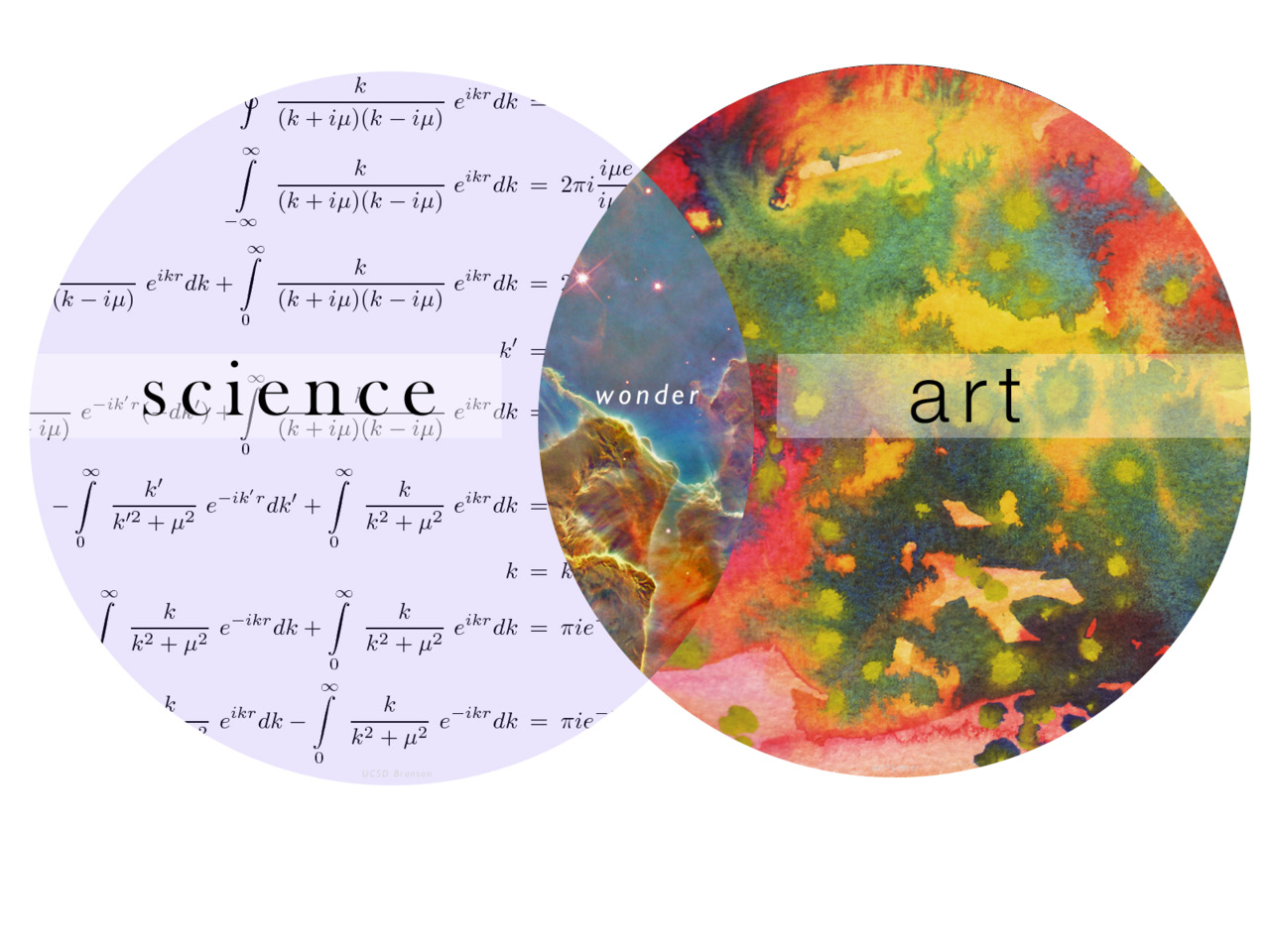One of the facts that interested me the
most in this week’s unit of technology, medicine, and art came during part two
of Dr. Vesna’s lectures. As an
aspiring physician, I thought that science, technology, and medicine had been
intertwined for a long time so you can imagine my surprise when she mentioned
that the close intermingling of these disciplines began relatively recently in
the 20th century (Vesna).
My belief actually stems from the debate raging today that say today’s
doctors are too dependent on technology and that it is leading to several
adverse effects on medicine.
An overlay of some of the images that can be provided with today's medical technology
This week I decided to look into this
debate over the role of technology in the medical field. One article in the BMJ discusses the
growing cost of receiving health care and attributes it to the availability of
advanced but expensive medical technology that health care providers are
relying on too heavily (Hoffman 1).
Additionally, other opponents state that this heavy reliance on
technology is causing doctors to lose diagnosis skills as they depend on
machines to be their crutch (Aw).
An example of an application that makes diagnoses for the doctor
Despite these criticisms of technology in
medicine, we cannot ignore the fact that technological advancement is
revolutionizing health care. For
example, we are beginning to look into the development of personalized medicine
which looks at a patient’s genetics and biomarkers in order to determine what treatment
would work best for them as an individual (Personalized Medicine). If we were to cut back on technological
advancement in medicine, we could be losing out on important developments such
as this one. Perhaps a better
answer is to reevaluate when the technologies we have available are necessary, both
as patients who tend to demand the most advance treatment available and as
physicians (Hobson).
Personalized medicine will allow for better pre-screening and pre-categorization of patients
Works Cited











